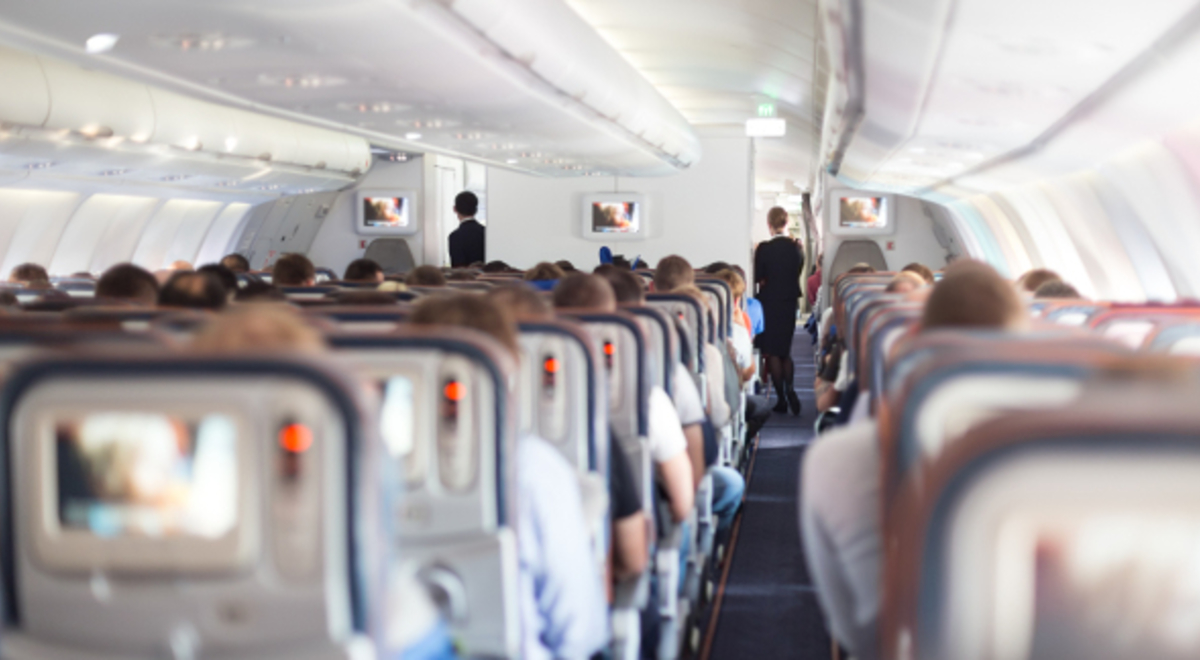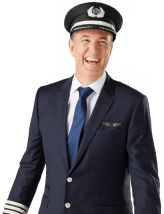Window? Aisle? First row or exit row? Every flyer has a preference when it comes to seat selection, especially on a long flight.
Often times, however, it’s more than just a simple ‘window or aisle’ question. In fact, the most frequent of travellers will tell you, there’s a list of criteria that go into selecting that most favoured seat on a plane.
Yet like anything, a person’s seat preference is subjective. For a variety of reasons, we like the seat that we like based on key personal criteria.
Your seat choice should be a result of asking the right questions
Ask The Right Questions
What is the leg room? Are there galleys, bathrooms or bulkheads nearby? Will my window seat views be obstructed by the wing? Will my seat recline? All of these questions, and more, typically go into the seat selection process of frequent flyers.
Of course, an airline passenger must also factor in the myriad aircraft types, cabin layouts and multiple seating arrangements. Seat 3C may be perfect on one plane or airline, but not another.
If that all sounds complicated, don’t worry, there are easy ways to determine the best seat for you. First, look at the seat map for the aircraft type that will be operating your flight. Travel agents have this at their disposal and can help with seat selection.
Space
Typically, seats with maximum leg room are the most coveted. These include exit-row seats over the wing and usually, but not always, the first row of seats in each cabin.
Some airlines charge extra for these seats or they may be reserved for top-tier frequent flyers, but if booked well enough in advance, there is usually an available option that provides a bit more space.
Some airlines may also offer greater leg room in rows towards the front of the economy cabin. A handy way to determine this is to ask about the ‘seat pitch.’
Seat pitch will define your leg room
Seat pitch is the amount of space between the back of one seat and the seat back directly behind. This is used as a measurement of leg space.
For the tallest of passengers, a seat pitch of less than 32 inches (81 centimetres) will probably feel cramped, while shorter people may find that 31 inches (79 centimetres) does not negatively infringe on their personal space or hinder their in-flight comfort.
Noise
Due to noise, and passenger and crew movements in the aisle, some fliers prefer to sit away from galleys and lavatories. These are high-traffic areas that may cause annoyance when trying to relax.
On international flights, one important consideration is bassinet placement. Families with babies will probably jump at these seats but for those who want to reduce the risk of being seated near a crying baby, try a seat far away from the bulkhead (wall divider) row, where bassinets are placed.
Again, each aircraft type will have a different seating arrangement and cabin layout so ask your travel agent to check the seat map for your airline and aircraft type.
Many passengers try to avoid areas of high traffic
Ticketing questions? Your Airfare Questions Answered By The Experts
Take the quiz. Quiz: What Does Your Plane Seat Choice Reveal About You As A Traveller?
How Do I Get the Seat That I Want?
Often passengers leave their seat assignments up to chance, waiting until they get to the airport for check-in to find which seat they’ve been assigned. This method will only lead to disappointment – and a not-so-great seat.
Have your travel agent assign the seat of your choice at the time of booking. And while, for operational reasons, airlines can never guarantee a seat assignment, they typically do everything in their power to honour such requests.
Sometimes the most sought-after seats are available for a fee. Virgin Australia and Qantas offer exit-row seating for an additional payment.
Check in early for the greatest comfort
The next most important thing to do is to check-in for your flight as far in advance as possible. Depending on the airline and the route, this can usually be done online 24 or 48 hours before departure.
This is when your seat assignment should be verified and confirmed.
Finally, one of the best ways to ensure you get the seat that you want is to join the frequent-flyer program of your preferred airline. Top-tier frequent flyers are given first dibs on seats, but even if not in that elite category, airlines do look more favourably on members versus non-members.
Visit your local Flight Centre store or call 131 600 for more advice and the latest deals.
aviation











